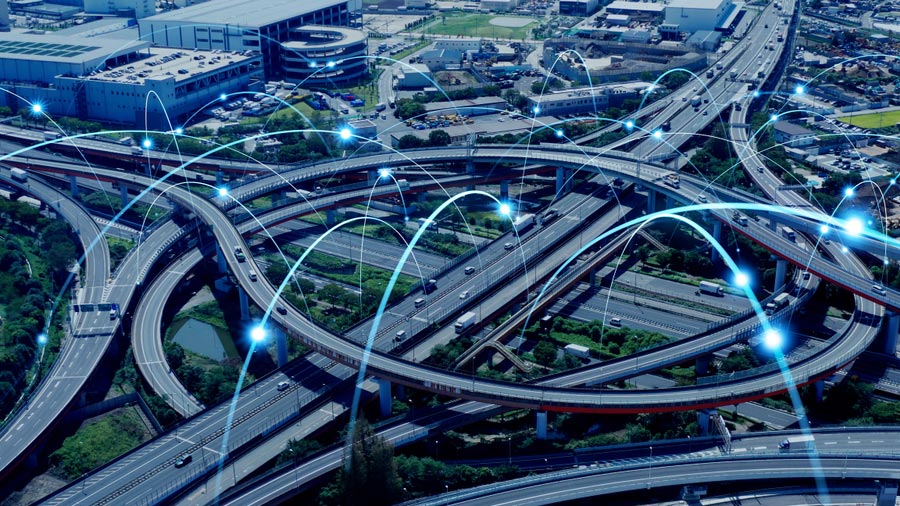2025 Vietnam Logistics Update: Major Infrastructure Projects to Watch
Vietnam’s rapid economic expansion continues to push the country’s logistics capabilities to new heights. As global trade patterns evolve, particularly with the shift of supply chains away from China, Vietnam is investing heavily in infrastructure to support its growing role as a manufacturing and export hub in Asia. In 2025, several large-scale logistics projects are reshaping Vietnam’s competitiveness and efficiency in regional and global trade.
This blog outlines key infrastructure developments, how they impact logistics, and what international businesses should know when sourcing or expanding operations in Vietnam.
The National Logistics Development Master Plan
Vietnam’s government has outlined an ambitious Logistics Development Master Plan through 2030 with goals to:
-
Reduce logistics costs from 20.9% of GDP to 16% by 2025.
-
Enhance multimodal transport and digital logistics platforms.
-
Expand inland container depots and distribution centers in industrial zones.
A primary driver behind this strategy is to increase Vietnam’s attractiveness as a regional logistics hub and integrate it more deeply into global supply chains.
Key Projects to Watch in 2025
1. Long Thanh International Airport (Phase 1)
Located in Dong Nai province, Long Thanh Airport is one of Vietnam’s most significant infrastructure investments. Phase 1 is expected to be operational by 2026, with considerable progress anticipated in 2025.
This airport is designed to relieve congestion from Tan Son Nhat International Airport in Ho Chi Minh City and is projected to handle 25 million passengers and 1.2 million tons of cargo annually during the first phase.
The facility will significantly boost Vietnam’s air freight capabilities, particularly for high-value, time-sensitive goods such as electronics and textiles.
2. North-South Expressway Expansion
The North-South Expressway, which connects the north and south ends of Vietnam, is being extended with several new routes under construction in 2025. This vital artery will reduce freight transportation times between industrial zones in Hanoi, Da Nang, and Ho Chi Minh City.
The improved road connectivity enhances the overall efficiency of road freight—a major mode of goods movement within Vietnam—enabling faster delivery times and reduced costs.
3. Lach Huyen Deep Sea Port (Hai Phong)
Lach Huyen is Vietnam’s first deep-water port in the north and is part of the broader Hai Phong international gateway port complex. With several new berths opening in 2025, this port is positioning northern Vietnam as a major export hub.
The port’s ability to receive mega-container ships helps reduce dependency on transshipment via Singapore or Hong Kong, cutting time and cost for exporters.
To maximize opportunities in the region, many foreign firms are turning to the bestsourcing agent Vietnam to manage factory-to-port logistics and streamline supplier coordination.
4. Smart Logistics Hubs in Binh Duong and Long An
Binh Duong and Long An provinces are emerging as logistics and warehousing hotspots, with several smart logistics park projects underway in 2025. These parks include cold storage, fulfillment centers, and AI-powered supply chain systems integrated with Vietnam’s national railway and seaport networks.
The demand for near-real-time inventory solutions is growing, and businesses seeking reliable operations are advised to consult the bestsourcing agent Asia, which offers on-the-ground insight and vetting of partners across logistics and manufacturing services.
5. Can Tho International Logistics Center
To balance logistics capacity in the southern Mekong Delta region, the Can Tho logistics center will serve as a hub for agro-based exports and inland shipping. This development will help integrate southern Vietnam more closely into the national and international logistics ecosystem.
Given Vietnam’s booming agricultural sector, Can Tho’s enhanced logistics will be vital for exporters of seafood, rice, and tropical fruits.
Digital Transformation in Logistics
Beyond physical infrastructure, 2025 sees accelerated adoption of logistics tech, such as:
-
Smart tracking systems using IoT
-
AI-based route optimization
-
E-invoicing and customs pre-clearance systems
-
Blockchain-led cargo documentation
Vietnam’s logistics players are increasingly integrating tech-enabled solutions that align with international standards. These advances enable faster customs clearance, transparent shipments, and reduced turnaround times.
To take full advantage of these digital developments, foreign buyers often work with a bestsourcing agent Vietnam who can navigate both traditional and digital systems efficiently.
Challenges and Considerations
While progress is notable, Vietnam’s logistics sector still faces hurdles:
-
Uneven development between urban and rural areas
-
Overloaded last-mile delivery networks in major cities
-
Inconsistent port fees and customs procedures across regions
Companies expanding into Vietnam must perform location-specific feasibility assessments. Choosing the right sourcing or logistics agent helps mitigate risk and ensures compliance.
Working with a bestsourcing agent Asia is one of the most reliable ways to ensure smooth logistics operations, whether you’re manufacturing electronics, apparel, or heavy industrial products.
Final Thoughts
Vietnam’s infrastructure upgrades in 2025 are laying the groundwork for long-term logistics competitiveness in ASEAN and beyond. The developments in air, sea, road, and smart logistics are transforming the country’s ability to serve as a global sourcing and export hub.
For international firms looking to establish or expand operations in Vietnam, this is the time to align with reliable partners and fully leverage the country’s growing capabilities.
Partnering with the bestsourcing agent Vietnam gives you local expertise, vetted logistics networks, and the confidence that your supply chain will operate with speed, accuracy, and compliance.

